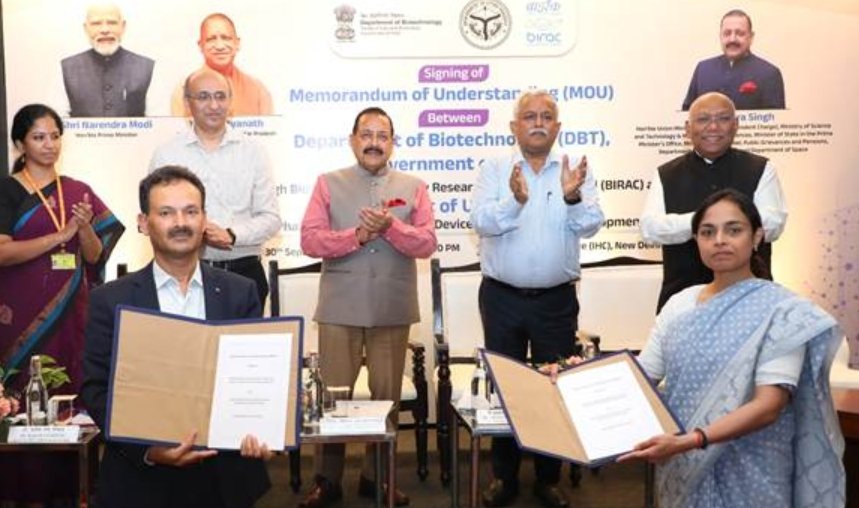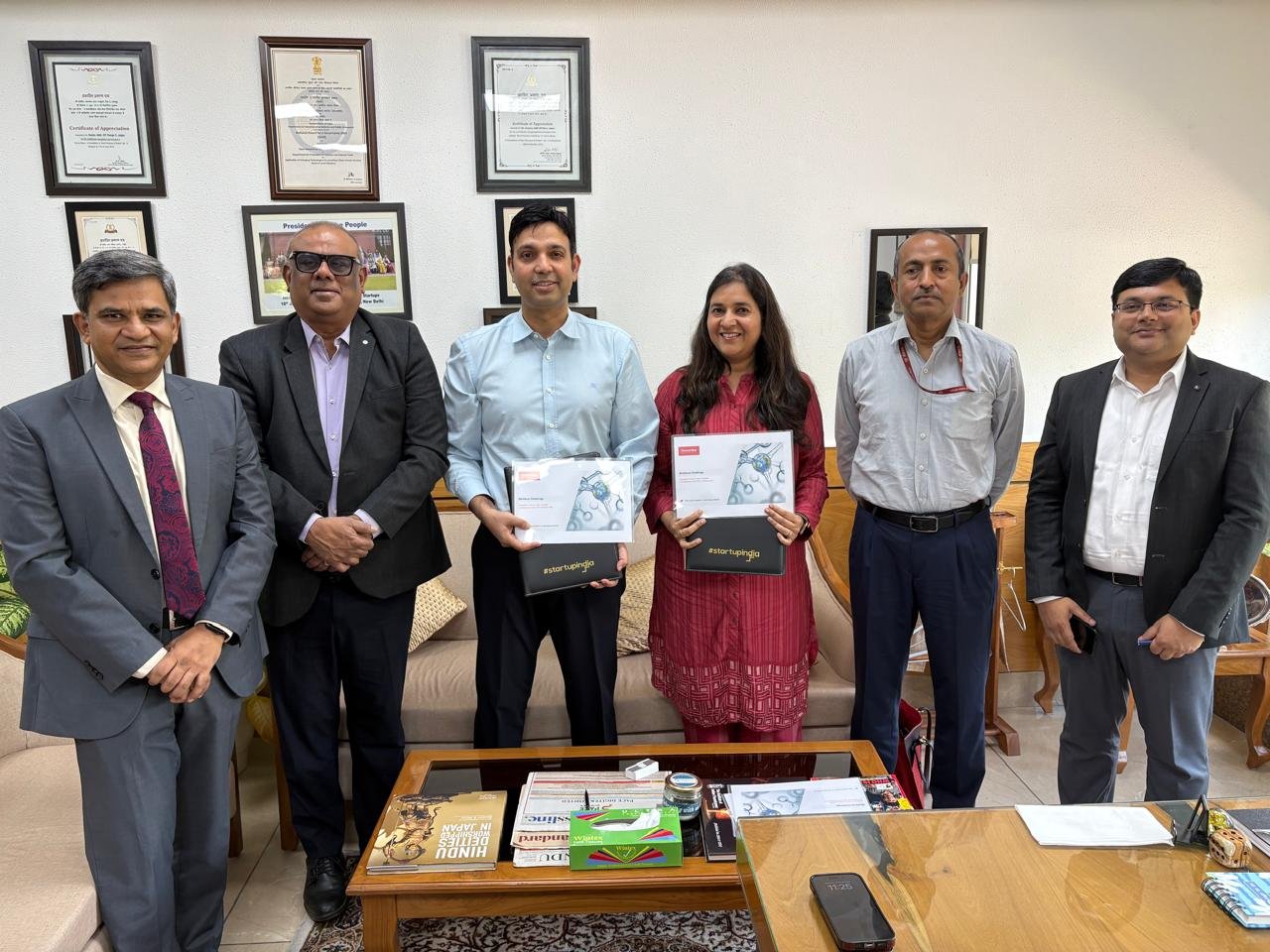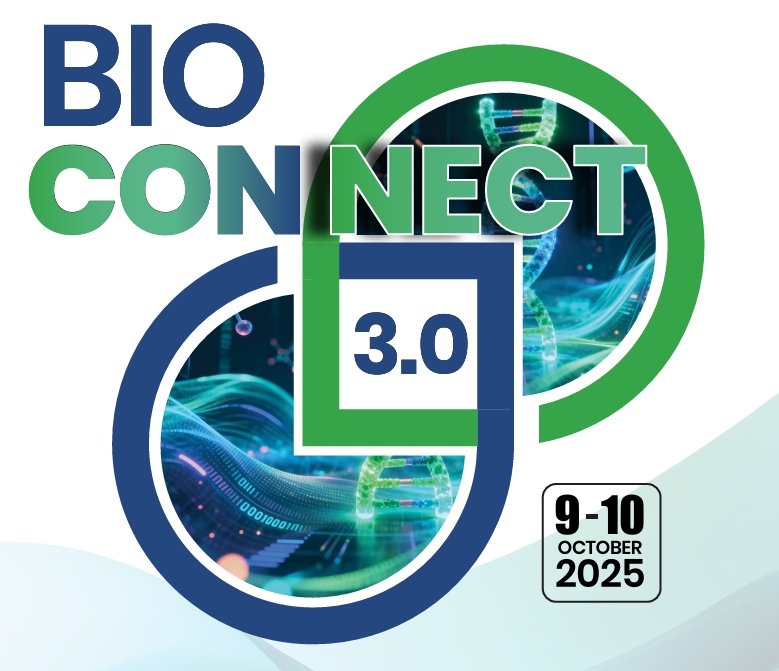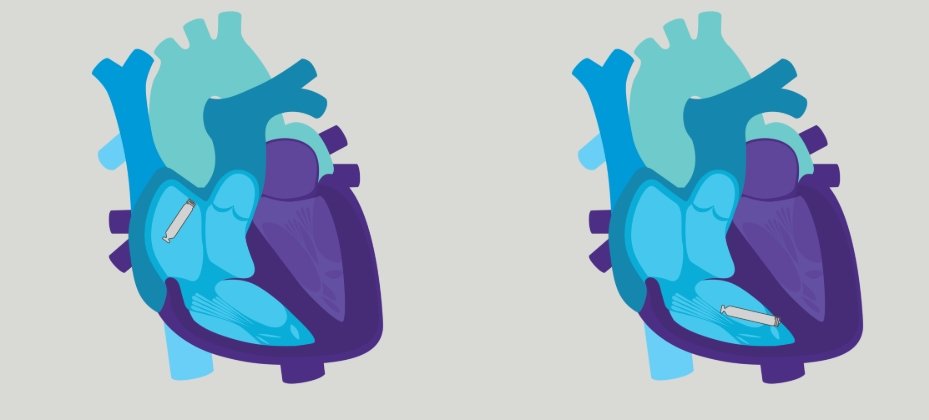"Cobots R&D opens up wide opportunities for students and researchers"
April 22, 2024 | Monday | Views | By Anusha Ashwin
Addverb Technologies recently unveiled India's first Assistive Dog Cobot, which is meant to automate a lot of tasks while working alongside a human. In this interaction with Addverb Technologies’ Co-founder Bir Singh, team BioSpectrum India understands how cobots open up tremendous opportunities for students to pursue R&D in healthcare.
With the rising demand for assistive technology solutions, Addverb recently unveiled India's first-ever Assistive Dog cobot. This innovative development has generated significant interest. Can you elaborate on the purpose behind this launch and your vision for its market adoption?
Addverb's unveiling of India's first Assistive Dog, marks a major step forward in the use of robotic innovation in construction, oil, and gas, defence sectors. Trakr, a versatile and agile quadruped robot, excels in various applications with its advanced mobility, perception, and manipulation capabilities. From inspecting facilities to enhancing security through patrols and surveillance, this robotic marvel seamlessly integrates into diverse industries, autonomously navigating and engaging with its surroundings.
The launch of quadruped robots by Addverb was driven by a strategic vision to revolutionize automation and robotics solutions across diverse industries. Addverb aimed to harness the agility, mobility, and versatility of quadruped robots to address specific challenges in logistics, warehousing, and industrial automation.
By developing quadruped robots, Addverb recognized the potential of quadruped robots to enhance safety, efficiency, and productivity in industrial settings by navigating complex terrains and accessing hard-to-reach areas. Through the launch of quadruped robots, Addverb aimed to establish itself as a leader in cutting-edge robotics technology, catering to the evolving needs of its clients and driving forward the frontier of automation solutions.
India's adoption of cobotics has seen a significant rise in recent years. From Addverb's perspective, what are the key drivers behind this growth?
The landscape of Indian industries is undergoing a transformation, marked by a significant uptick in the adoption of collaborative robotics, or cobotics. Addverb aims to be the frontrunner in this revolution by delivering cutting-edge automation solutions to businesses across the nation. This surge in cobotics adoption is driven by a confluence of factors, each contributing to reshaping how Indian enterprises approach manufacturing, logistics, and beyond.
- Rising Labour Costs and Skills Shortages: With labour costs on the rise and a shortage of skilled workers in certain industries, companies are increasingly turning to automation to fill the gap. Cobots offer a solution by automating repetitive or physically demanding tasks, allowing human workers to focus on more complex and value-added activities.
- Enhanced Safety Measures: Collaborative robots are designed to work alongside humans safely, without the need for extensive safety barriers. This makes them particularly attractive in environments where human-robot collaboration is essential, such as in warehouses and manufacturing plants.
- Collaborative Nature: Cobots are designed to work alongside human workers, rather than replacing them. This collaborative nature makes them well-suited for environments where human-robot interaction is necessary, such as assembly lines or warehouses. It also reduces safety concerns and allows for smoother integration into existing workflows.
- Technological Advancements: Advances in robotics technology, including improvements in sensors, artificial intelligence, and machine learning, have made cobots more capable and versatile than ever before. These advancements enable cobots to perform a wider range of tasks with greater precision and efficiency.
How does Addverb view the medical field's preparedness to collaborate effectively with robots in various healthcare settings?
The integration of robotics into healthcare settings marks a significant shift, fostering collaboration between humans and machines. From surgical assistance to supply transport, robots offer innovative solutions. Healthcare professionals are increasingly prepared to work alongside these machines, driven by the need for high-quality care, efficiency, and cost-effectiveness. Understanding their readiness is essential for evaluating the impact on patient outcomes.
Cobots can help address labour shortage challenges by automating routine tasks, allowing healthcare professionals to focus their time and expertise on patient care. There are specific applications within the medical field where cobots can make a significant impact, such as surgery, telemedicine, rehabilitation, and logistics. By targeting these areas, they can tailor their robotics solutions to meet the unique needs of healthcare providers.
Collaboration between robots and healthcare professionals is essential for successful integration into medical settings. The importance of designing cobots that can effectively work alongside human caregivers, is paramount for ensuring seamless integration into healthcare workflows, maintaining trust between patients and healthcare providers, and ultimately improving overall healthcare outcomes while preserving the human element in caregiving.
What kind of job and research opportunities do you think cobots open up for students?
A wide range of job and research opportunities for students across various fields. Here are some potential areas of opportunity:
- Robotics Engineering: Students interested in robotics engineering can pursue careers in designing, developing, and programming cobots. They can work on creating new functionalities, improving existing designs, and optimizing cobots for specific applications in industries such as manufacturing, healthcare, agriculture, and logistics.
- Software Development: Cobots rely heavily on software to control their movements, interact with their environment, and collaborate with human operators. Students with skills in software development, including programming languages such as C++, Python, and ROS (Robot Operating System), can find opportunities to work on cobot software development and optimization.
- Mechanical Engineering: Cobots require precise mechanical design and engineering to ensure smooth and safe operation. Students with backgrounds in mechanical engineering can contribute to designing cobot arms, grippers, joints, and other mechanical components. They can also work on improving the ergonomics, durability, and efficiency of cobot systems.
- Human-Robot Interaction (HRI): Understanding how humans and robots interact is crucial for designing effective cobots. Students interested in HRI can explore research opportunities focused on studying human behaviour, cognition, and communication in the context of human-robot collaboration. They can also work on developing user interfaces, control systems, and safety protocols to enhance the usability and acceptance of cobots.
- Artificial Intelligence and Machine Learning: Cobots rely on artificial intelligence and machine learning algorithms to perceive their environment, make decisions, and adapt to changing conditions. Students with expertise in AI and ML can work on developing algorithms for object recognition, path planning, task scheduling, and predictive maintenance for cobots.
Anusha Ashwin










